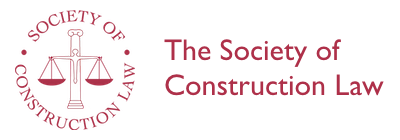Triple Point Technology – Pointing to Confusion
Anson Cheung
November 2020
A paper based on the joint first prize winning entry in the Hudson essay competition 2019 presented to the Society of Construction Law on 3rd November 2020
The paper analyses Triple Point Technology v PTT in which the Court of Appeal considered the right of the employer to claim liquidated damages in the context of abandonment by the original contractor. The paper first considers the purpose of liquidated damages in construction contracts, the previous approaches of the courts in similar claims and the approach adopted in Triple Point. The author goes on to criticise the court’s decision to disapply the liquidated damages clause for three reasons: that the decision the Court of Appeal relied on as authoritative should have been distinguished; that established principles on termination and its effect on accrued rights were ignored; and that the practical significance of Triple Point is undesirable. The author suggests some pre-contractual solutions but proposes that in Triple Point the court ought to have taken what she terms ‘the orthodox approach’.
Introduction – 1. Liquidated damages in abandonment – (a) The purpose of liquidated damages – (b) The three approaches – (c) The decision in Triple Point – (d) The point of it all – 2. Three criticisms – (a) Glanzstoff did not decide the point – (b) Accrued rights – Some general principles of contract – The problem in Triple Point – The Van der Heiden problem – (c) Policy – Incentivising breach – The parties’ bargain – 3. Suggested reform – (a) Pre-contractual stage – (b) Common law – 4. Conclusion
The author: Anson Cheung is a pupil barrister practising from Outer Temple Chambers.
Text: 14 pages
